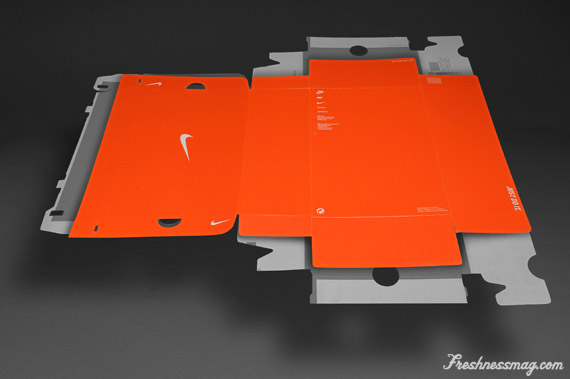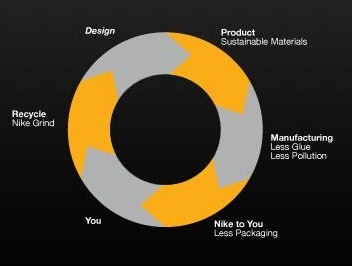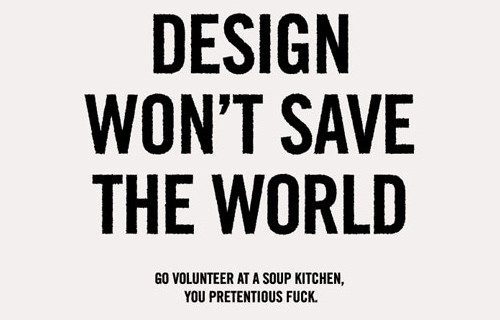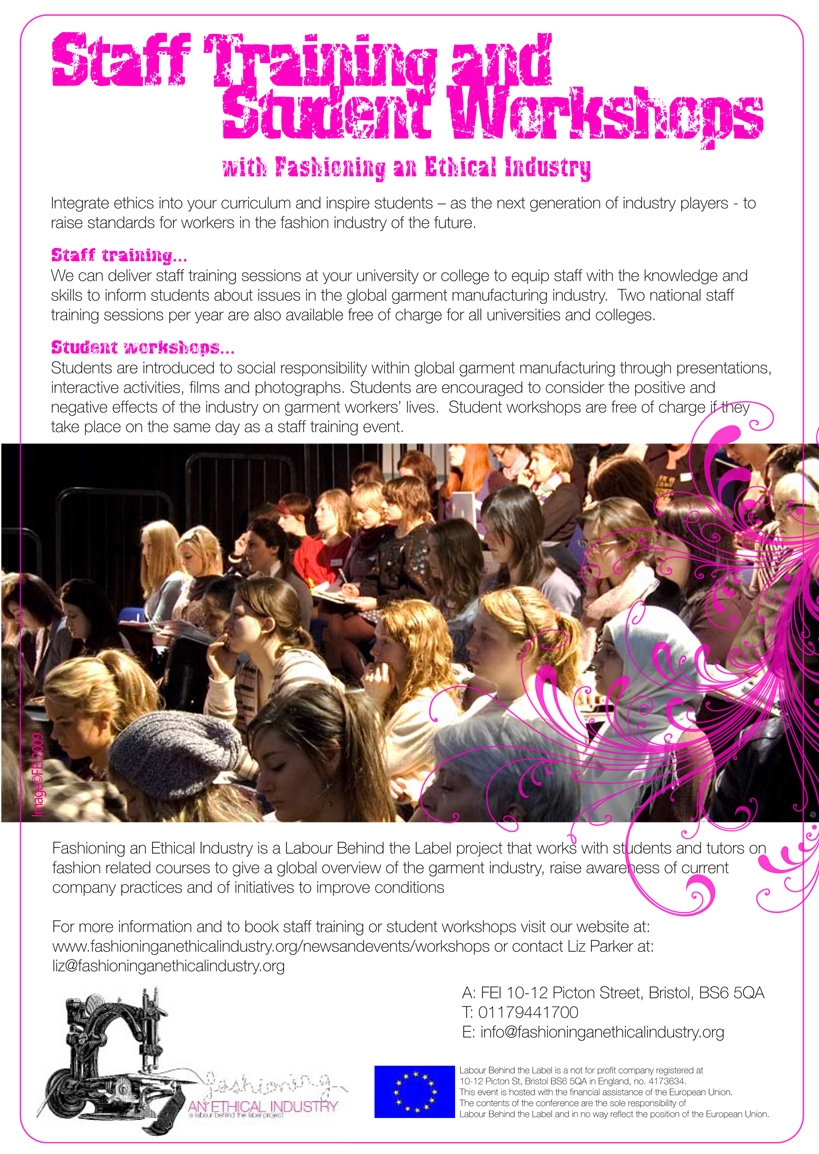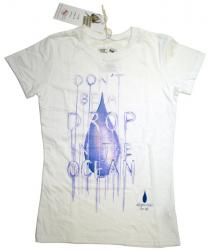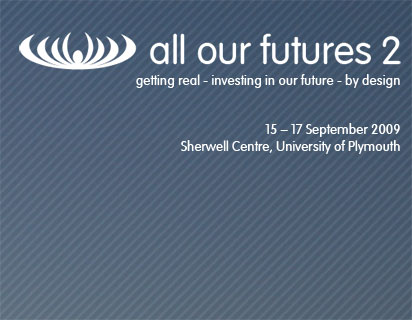Nike has adopted an interesting approach to corporate social responsibility (CSR). As previously mentioned, the company has seemingly managed to connect its sustainability platform to its innovation platform. Trash Talk is one example, the packaging the shoe comes in is another:
The shoe will also be packaged in a new Considered Design shoebox. Like Nike’s first recycled content box in 1995, this new box is still made from 100 percent recycled fiber, but now features a new design which reduces the fiber content by approximately 30 percent. (CSRwire)
According to the company, “Nike’s Considered ethos challenges designers to use environmentally-preferred materials, reduce waste, create sustainable manufacturing processes and use innovation to help reduce our overall environmental impact.”
You can learn more about Nike’s Considered Design Ethos by visiting their Considered Design Index.
In terms of lifecycle analysis, however, Nike has set some goals that I believe are worth considering:
- footwear to be Considered by 2011
- apparel to be Considered by 2015
- equipment to be Considered by 2020
All this will be done through the company’s Considered Design Ethos:
- less toxics
- less waste
- more environmentally-preferred materials
- sustainable product innovation
Are you up for the challenge? I’m not convinced the marketing campaign (below) will help motivate you…but hey, why not.
